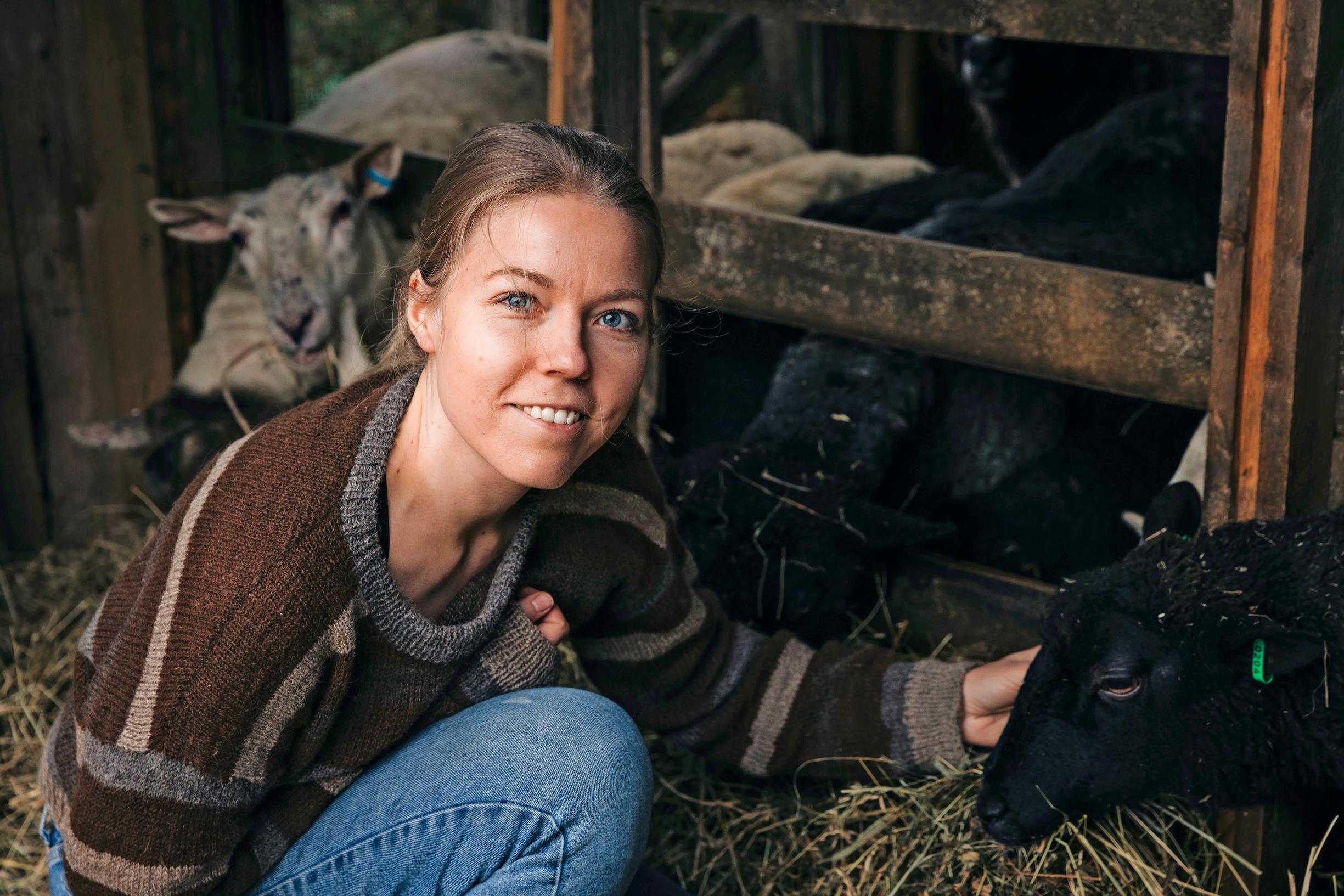
Henna left her nursing career and fulfilled her dream—now she spins alpaca and sheep’s wool on a farm in Inkoo, Finland
Having her own spinnery on the family farm in Inkoo, Finland, is a dream come true for Henna Kvarnström. “I get to do what inspires me and aligns with my values.”
Henna Kvarnström says that moving to her husband’s family farm in the countryside made her appreciate heritage skills. With an old spinning wheel found in the attic, she taught herself to hand-spin the wool from their first sheep.
The dream of having her own spinnery started to become a reality when she discovered a neighbor, Tove Ramstedt, who had similar ideas. The two women went to the spinnery Ruukin Kehräämö in Mathildedal to learn the craft, and unexpectedly got to purchase the machines.
Linkulla Spinneri started in 2023. Now Tove is focusing on her other business, and Henna is taking sole responsibility for the spinnery, where she has two employees.
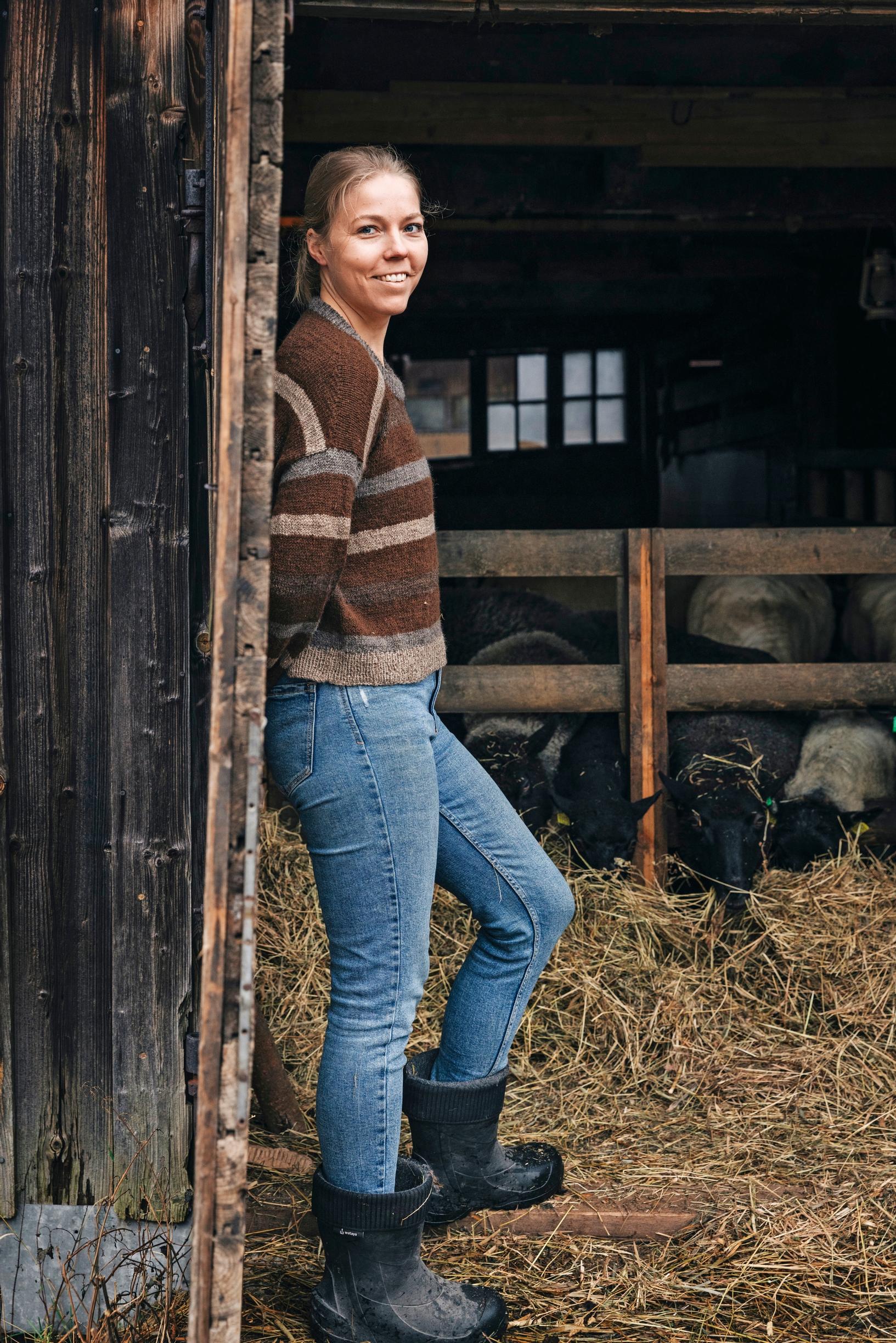
WHO Spinnery entrepreneur Henna Kvarnström, 34.
HOW SHE LEARNED THE TRADE “I spent a summer working at Ruukin Kehräämö in Mathildedal and received training on the machines, and the machines’ Canadian manufacturer has also provided training.”
WORKS AT Her own business, Linkulla Spinneri, operates on the family farm in Inkoo, Finland.
SPECIAL SKILL “The ability to get excited and inspired. I use a lot of creativity and inventiveness in my work, and as an entrepreneur, I’m free to dream up and carry out my ideas.”
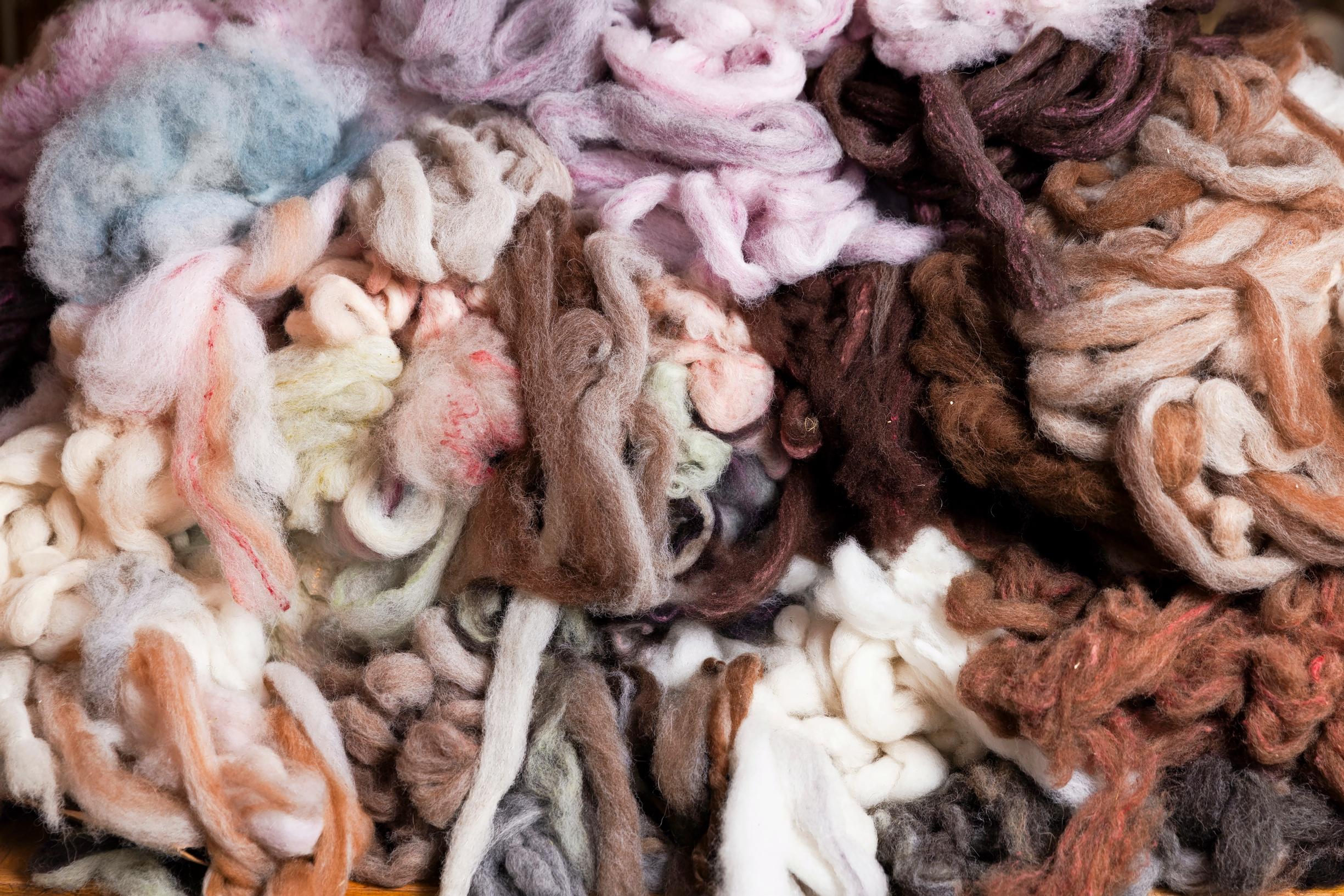
What’s the best part of your job?
I’m living my dream! There’s more to do than when I was a nurse, but I don’t see this as work—it’s a lifestyle. I get to do what inspires me and aligns with my values. Another great aspect is that Finland has a close-knit, warm community of craft entrepreneurs.
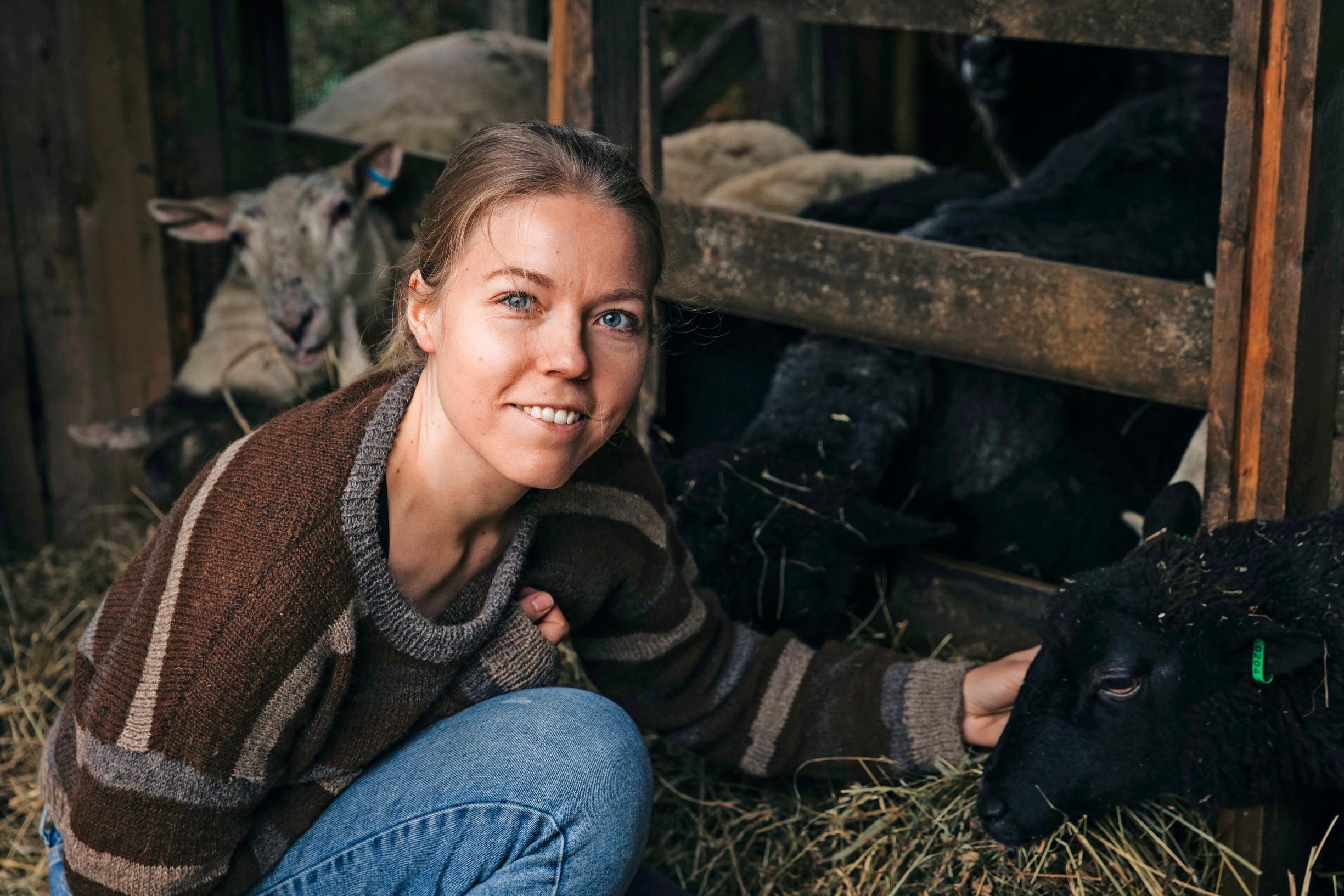
What kinds of yarns are most in demand?
Our most requested product is the really soft alpaca yarn, which is our specialty. We have enough domestic alpaca wool to spin for about half the year. The rest of the time we spin sheep’s wool, and the bestseller among those products is a versatile basic yarn.
Do you sell wool from your own sheep?
We keep a small number of sheep as a hobby. I knit their wool into items for myself and my family—there isn’t enough for selling. The sheep are a lot of work, but they’re absolutely wonderful.
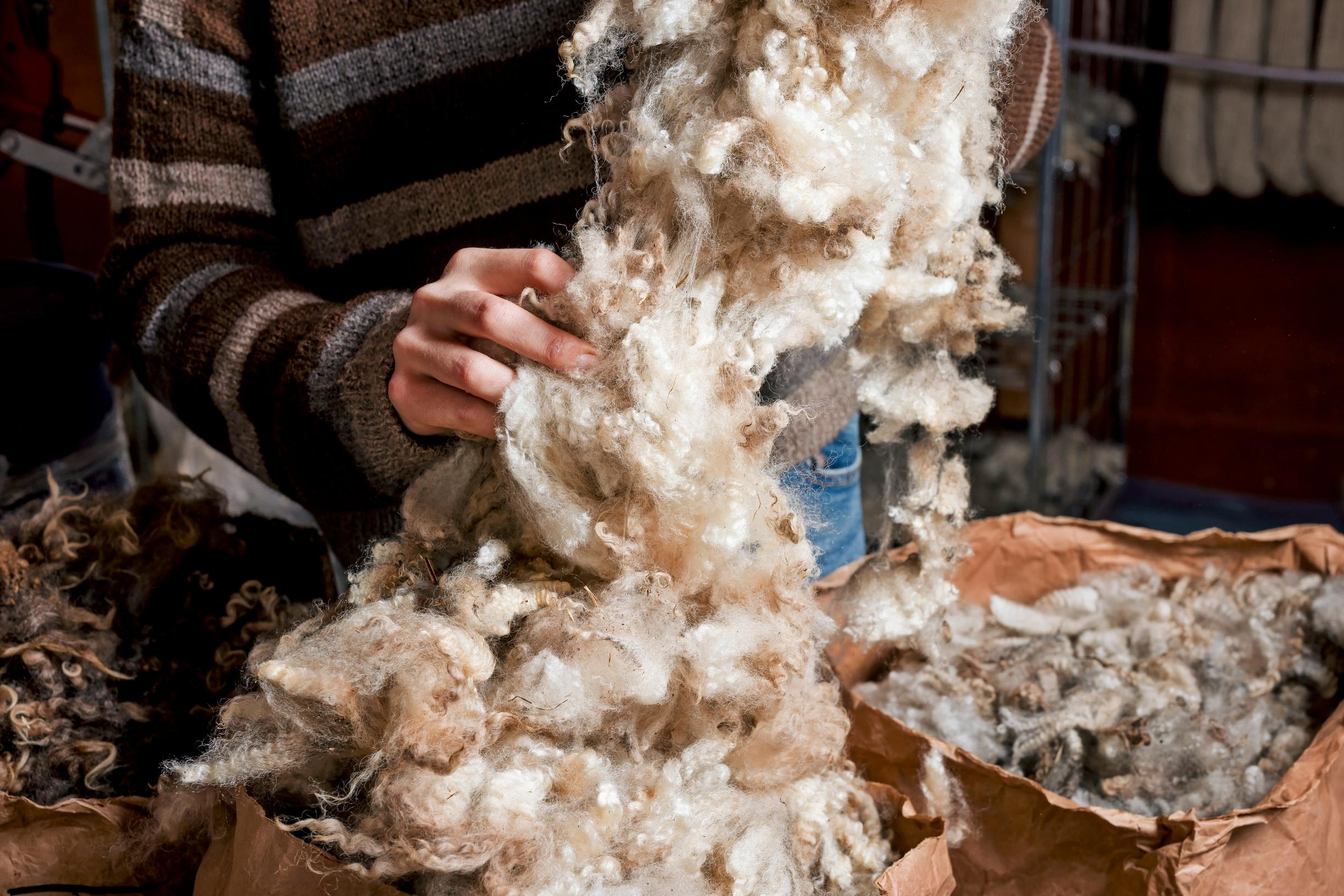
What steps are involved in spinning?
The wool is washed by soaking it at 60 degrees Celsius and then dried. The fibers are opened in a wool picker, and any remaining debris is removed with a separator machine. The carding machine creates roving known as tops, which the drafting machine then stretches and aligns the fibers. The spinning machine produces single-ply yarn, which is finally twisted into multi-ply yarn, steamed, wound into skeins, and washed. Even though there are many machines, there’s still a good deal of handwork in each phase.
What’s the most challenging step?
Adjusting the spinning machine is the most demanding part. That’s where you set the yarn’s twist and thickness—how much draft it gets—and these details depend on the wool’s quality and the intended use. If you want a soft, loosely twisted yarn, the wool needs to have long fibers. A tighter twist makes a sturdier yarn, which is better for something like socks.
What do you expect from wool producers?
The quality of the wool and our workload depend on whether shearing was done on time and how the wool is sorted during shearing. Debris, felted wool, and head and rear-end fibers should be removed. Alpaca wool varies so much that wool from each alpaca is packed individually, but all the sheep’s wool from one farm can be bagged together.
“Knitting is great for mental health—I’ve personally found it helps me concentrate and relieves stress.”
Why do you favor Finnsheep wool?
It’s soft and fairly rich in lanolin. There are other wonderful wools out there, but I hope Finns would favor domestic wool, since we have heritage breeds with especially fine wool—Finnsheep, Åland sheep, and the Kainuu grey. If Finnish wool were more in demand, farmers could get a better price for it. At the moment, a lot of wool is wasted because many farmers don’t find it worthwhile to invest the time.
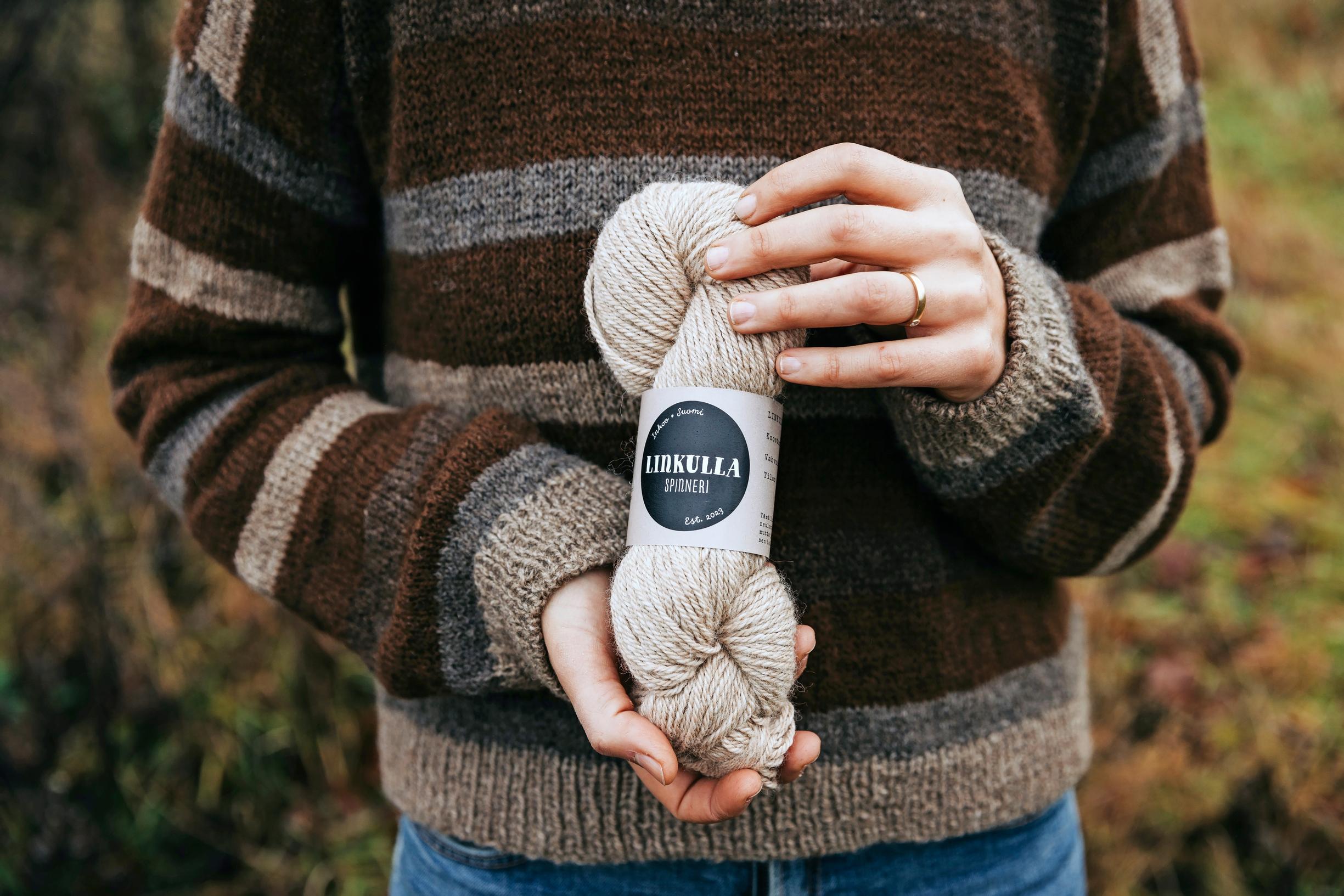
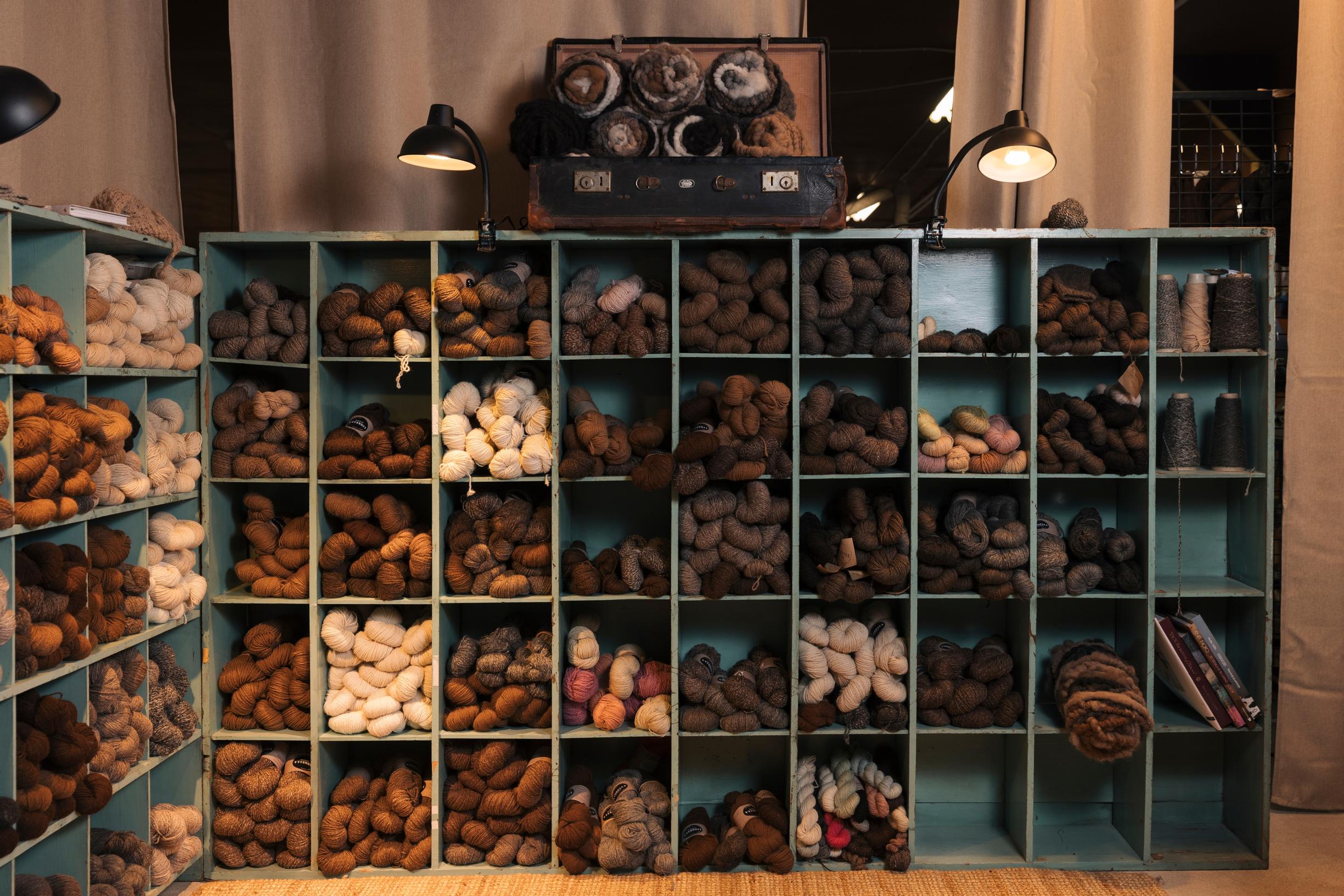
Could I have yarn made from my own sheep’s wool?
We can spin yarn if there’s at least a kilo of wool or dog hair, for example. The price is affected by the fact that the machines have to be adjusted for each batch. From one kilo of wool, you get about 600–700 grams of yarn.
What would you like to say to people who have gotten into knitting?
Knitting is great for mental health—I’ve personally found it helps me concentrate and relieves stress. If you start to accumulate more projects than you can use, sometimes choosing a bigger, slower project is a good idea. It can also be an eco-friendly choice to unravel a knitted item and reuse the yarn.
Do you offer dyed yarns?
We have done some small-scale dyeing of our yarns with natural dyes, and we only use dyes proven to be long-lasting. It’s worth considering colorfastness if you’re dyeing at home, too. When storing naturally dyed yarns, remember that they can fade in natural light.
How do you take sustainability into account in the spinning process?
We don’t use synthetic fibers in our yarns, only Finnish sheep’s wool and alpaca fiber, and their ethical production is important. We try to visit the farms where we source the wool. For some yarns, we use wild silk from Namibia for reinforcement. Gathering it doesn’t harm silkworms as traditional silk production does. We carefully choose everything we use—for instance, our detergents are biodegradable. One new addition to our product range is a recycled yarn, made by unraveling leftover yarn bits from dyers back into fibers and spinning them together with new wool.
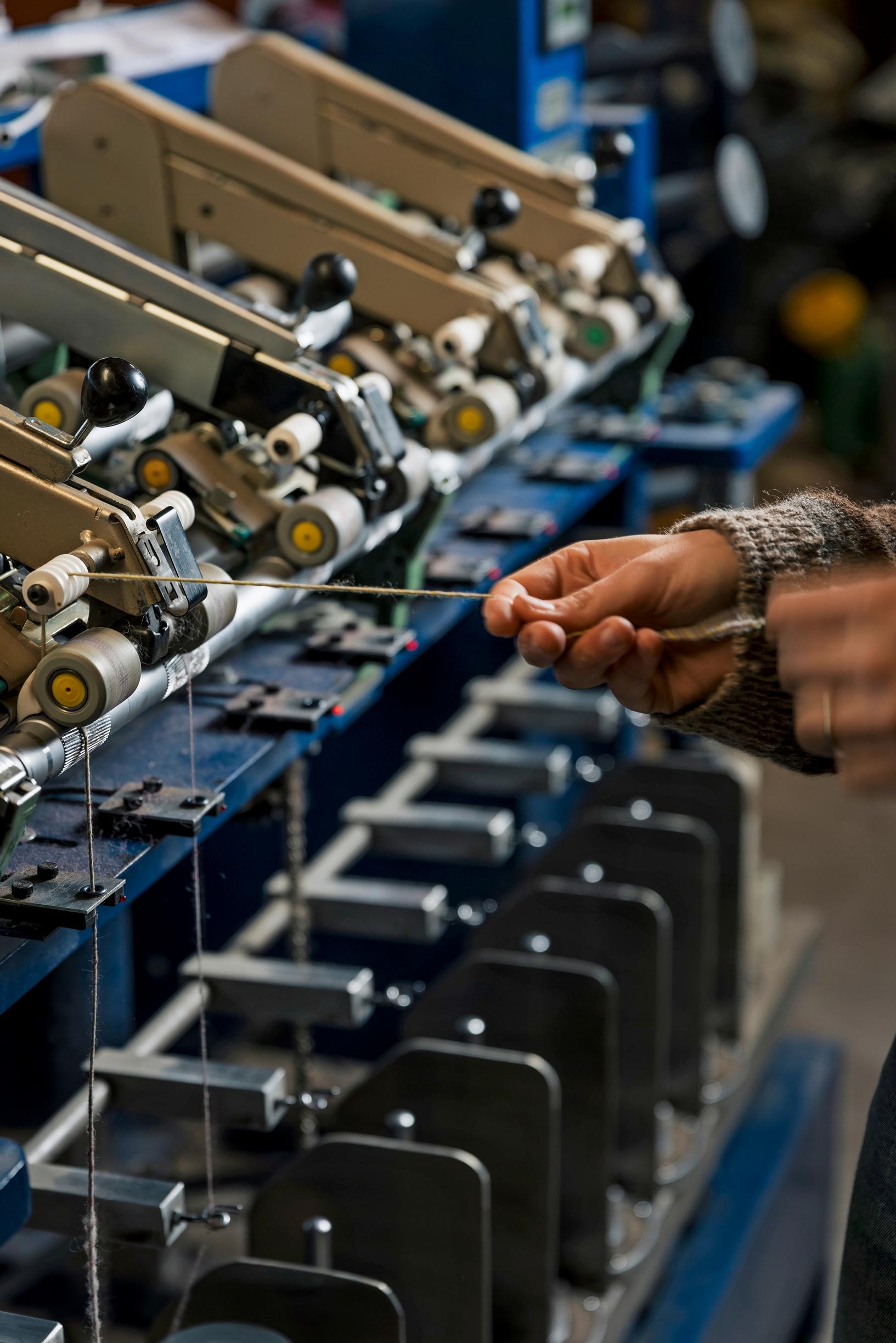
How can you best store wool clothing at a summer cottage?
At a cottage, I’d be most concerned about mice and clothes moths. Mice love to make their nests in wool, so for winter, you can either bring your wool garments home from the cottage, or pack them in a way that mice can’t reach them. If you’re not sure whether you might have moths, put out a moth trap which has pheromones that attract them. There are essential oils for repelling moths. You can also prevent damage by storing woolens airily in a bright place, as moths prefer dark closets.
Any tips for caring for wool garments?
Don’t wash wool unnecessarily; air it out instead. If you do wash, use detergent made for wool. Many people use the wool cycle on a washing machine, but I wash my wool garments by soaking in the bathtub. If there’s a stain, only wash that spot. In winter, you can do a snow wash: first let the garment cool outdoors, then take it to the snow, rub with a bit of snow, shake it off, and dry flat. Don’t hang your wool garments up to dry or they will stretch. Using a fabric shaver helps keep the garment looking good.


